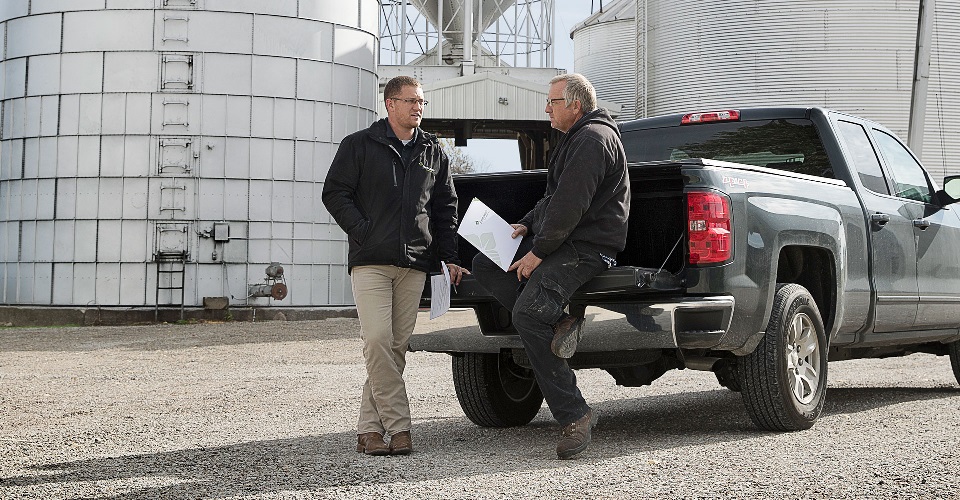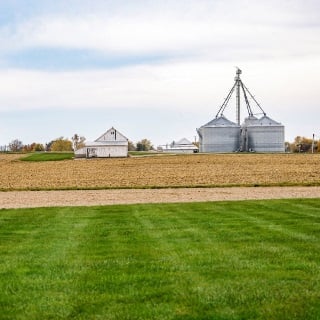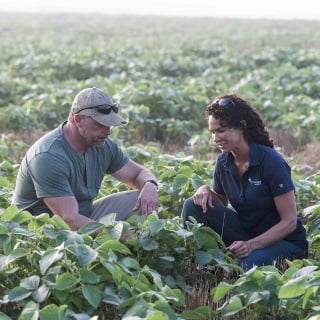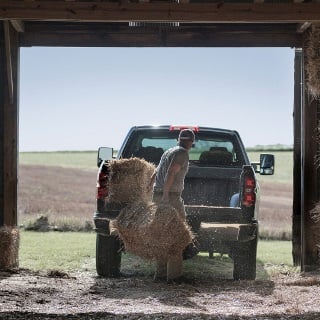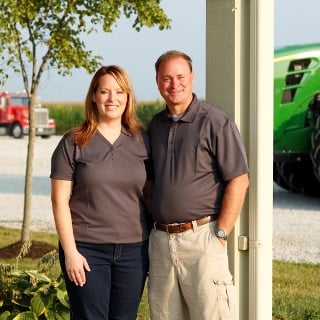No matter the advice you receive as a farmer, there is usually one core tenet: communication. Reaching out to the various members of your farm’s team — from your agronomist to your crop insurance agent — continues to be a key way to ensure your operation’s success. This is especially true when it comes to working with your lender.
Your lender is in a unique position to both plan for the future and help you overcome any current obstacles, which means developing a strong and open relationship is vital. But what does good communication actually look like? Below are five ways to get the most out of communicating with your lender.
1. Lay out a road map
Take the time to think about your future. January is typically a great time to make a business plan for the upcoming year. Harvest is complete and there is a little downtime to complete your balance sheet. Coming to the table with a plan establishes a baseline for the discussion you’ll have and it helps your lender get on the same page as you. Your financial officer can then help you find the right loan products and other financing you may need to help achieve your goals.
2. Know your role
If there is one thing farmers can do while talking about their operation with their lender, it is to be open and ask questions. This means being upfront about any pending changes or challenges, including anything from succession planning to crop rotation. Don’t be afraid to talk about any issue — no matter how big or small. Remember that your lender is here to help you navigate your current situation, but to do that they need to know the full scope of your position.
Asking questions is a great way to get the kind of feedback you need from your lender. Farmers should come prepared to help spur the conversation. Here is a list of questions farmers can consider asking:
- Is my operation on track to meet the goals I’ve laid out?
- What can I do better to help my operation reach my goals?
- Do you see any potential problems or trouble spots?
- Do you see any opportunities I could take advantage of?
3. Know your lender’s role
Your lender’s number-one role during these discussions is to give you honest, timely feedback. They should ask probing questions to better understand your situation and provide solutions. If your operation is truly in a tough spot, you should expect them to give you the feedback you need, not necessarily the feedback you want to hear.
However, this doesn’t mean that working with your lender just means hearing no. Constructive feedback also means working with you to lay out a plan that will help you meet your goals. Depending on the situation, that could mean a one-year plan or potentially even a five-year plan. At the end of discussions with your lender, they shouldn’t feel like just your financial officer; they should feel like your advisor.
4. Be proactive
Some things that go wrong on a farm are unpredictable, like weather impacts or unforeseen market shifts. However, there are many potential problems that display warning signs beforehand. For example, if you need to wait to haul your grain in to get the best price, you will generally know well before you make a late payment on your operating loan. It’s a good idea to loop your lender in as early as possible so your operation can have more options on the table. Many times, farmers reach out when things have escalated, which means what your lender can do to help is far more limited. If you notice something that may become an issue, raise your hand sooner rather than later. It is better to have a plan in place and not need it than to need a plan that was never discussed.
5. Share good news too
Oftentimes, farmers will only reach out to their lender when something isn’t going as planned, but it’s equally helpful to share when things go better than expected. Not only will your lender be there to celebrate your operation’s successes, they’ll also be able to help you explore any opportunities that may now be open to you.
Open and fruitful communication is a two-way street. It requires both you and your lender to proactively reach out, listen and work together to find opportunities. With a specialty in agriculture, Farm Credit financial officers are especially equipped to understand your operation and your goals, and how to best achieve them.

